
Consolidating Old Websites
Whoops, better not let two years go by without posting something on a personal site that no-one actually views. (Well, that’s not true. My “WHAT IS A CANNON” and Bardock posts actually still get lots […]

Whoops, better not let two years go by without posting something on a personal site that no-one actually views. (Well, that’s not true. My “WHAT IS A CANNON” and Bardock posts actually still get lots […]

It’s July 4th, and that means a few things: grilling, beer, Will Smith fighting aliens, and Brad’s birthday. Our buddy kicked us a tweet the other day saying he was listening to an old Lo-Fidelity […]
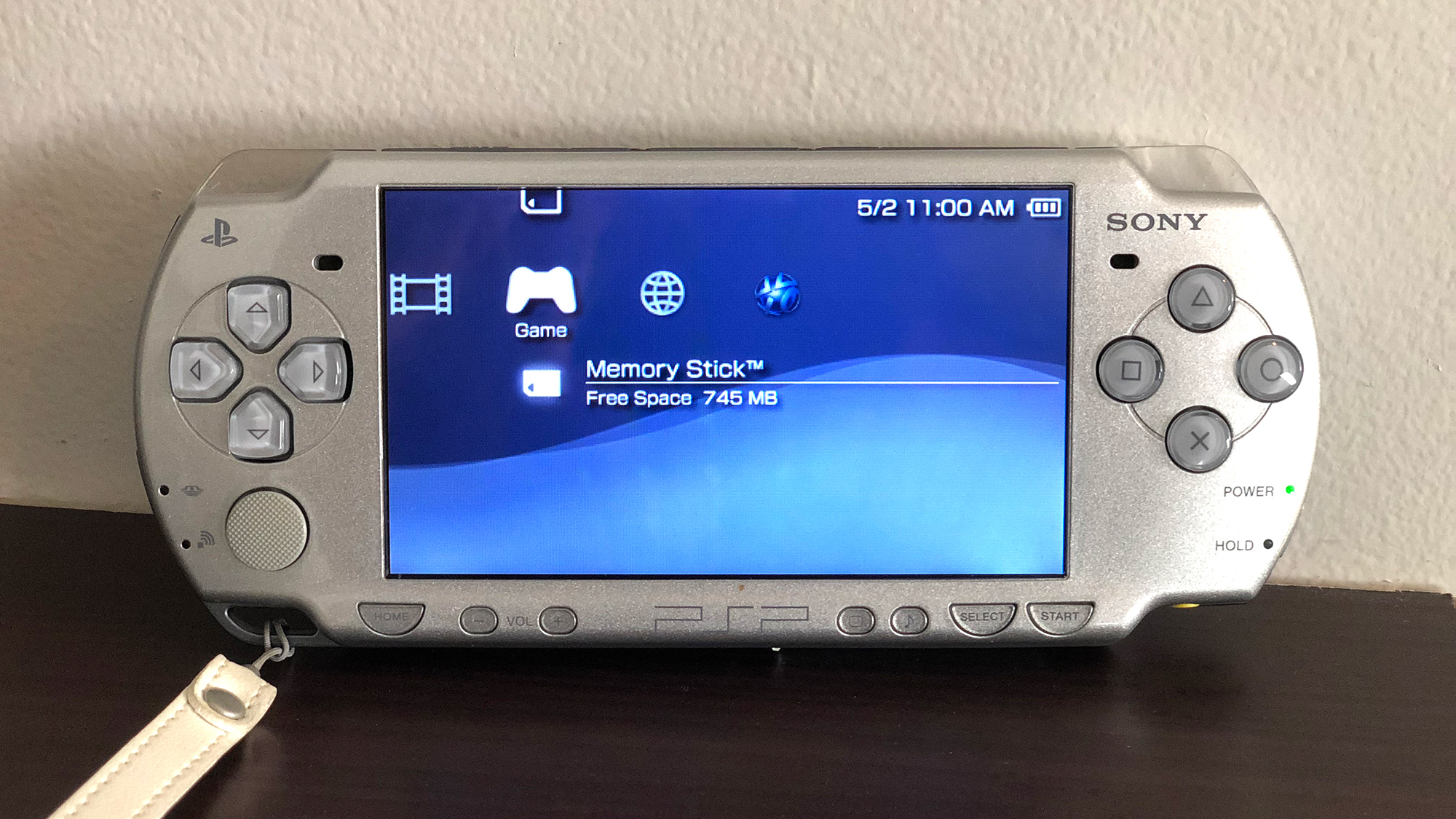
It seems I don’t exactly have the best luck with video game hardware lately. My 360’s USB ports seem to be on the fritz, my Wii has graphical glitches that seem to stem from WiiConnect24 […]
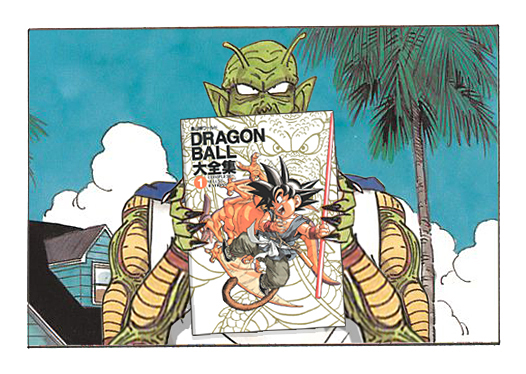
So late last month I wrote something called “The Great Canonical Debate” (it was pretty good; you should go read it). I wanted to include some type of moderately-snarky image of some type of god […]
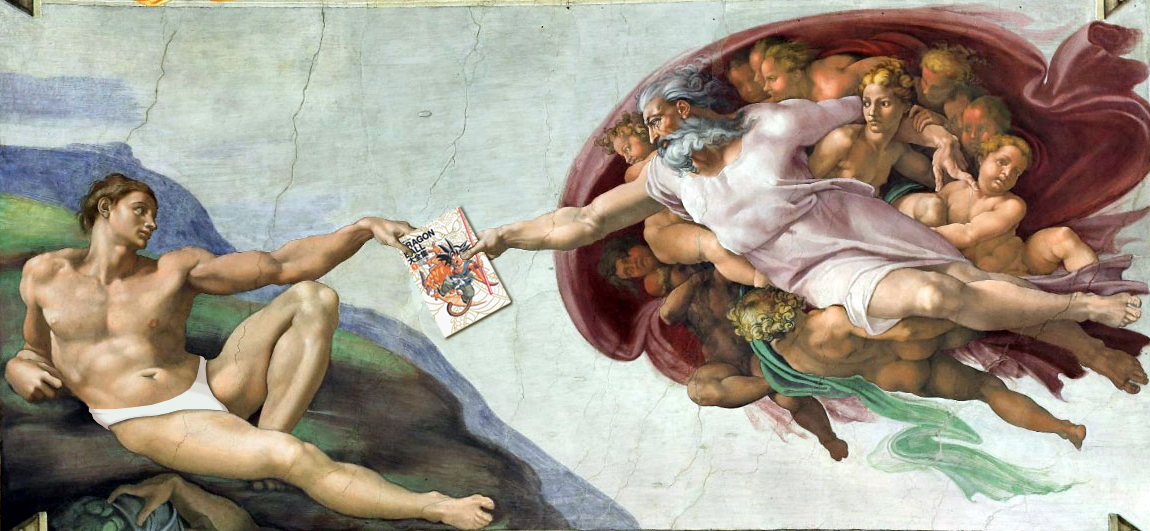
AUTHOR’S NOTE: This blog post was written in late 2011, about a year before Battle of Gods and about three years before Dragon Ball Super. It’s a little rough around the edges in terms of […]
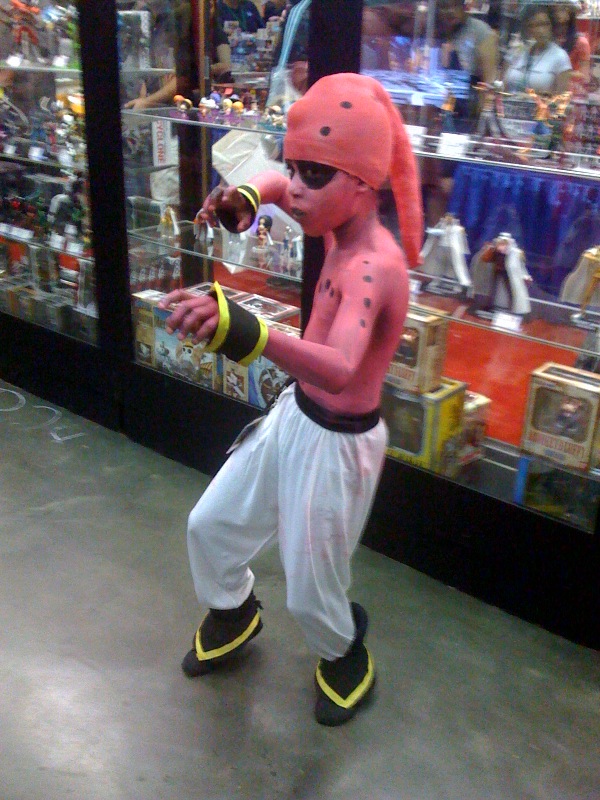
My first Otakon was back in 1999. I went for just one day, but for little 17-year-old Mike, it was quite an eye-opening experience. Bootleg CDs were obtained (how was I supposed to know what […]
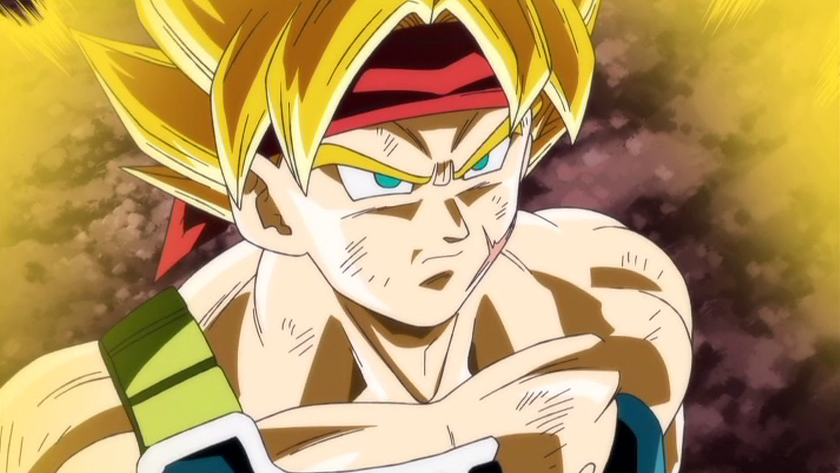
AUTHOR’S NOTE: This blog post was written in 2011, two years before Battle of Gods and four years before Dragon Ball Super. It’s a little rough around the edges in terms of writing, but I’m […]
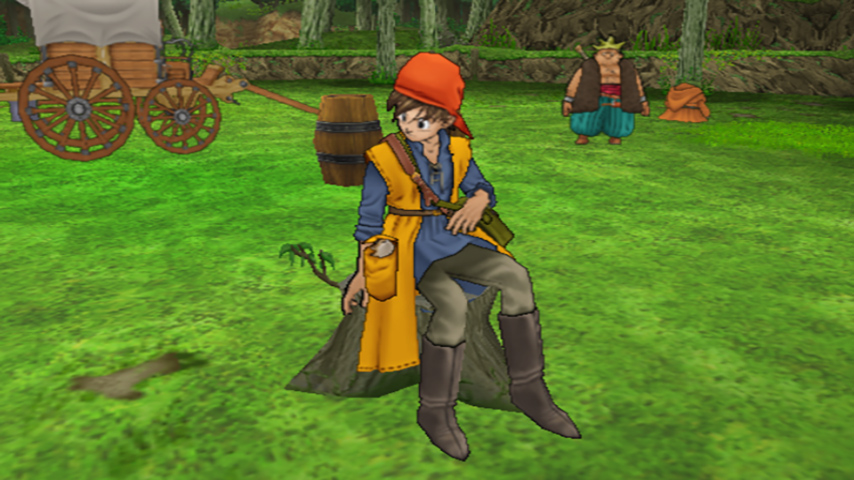
People seem to want to hear my thoughts on video games, or at least my experiences with what I have been playing… so hey, let’s just dive right in and pretend it has not been […]

Having done a first version and then a ~2010ver.~ a year later, after upgrading a few things, it made sense to follow-up with a… (wait for it)… ~2011ver.~ post. So how ’bout them podcasts, huh? […]
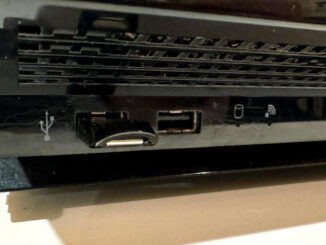
The long-rumored “game saves in the cloud” option is coming to PlayStation Plus members. Included in its description on the PlayStation Blog is the following statement: Online storage for game saves is a great way […]
Copyright © 2025 | MH Magazine WordPress Theme by MH Themes